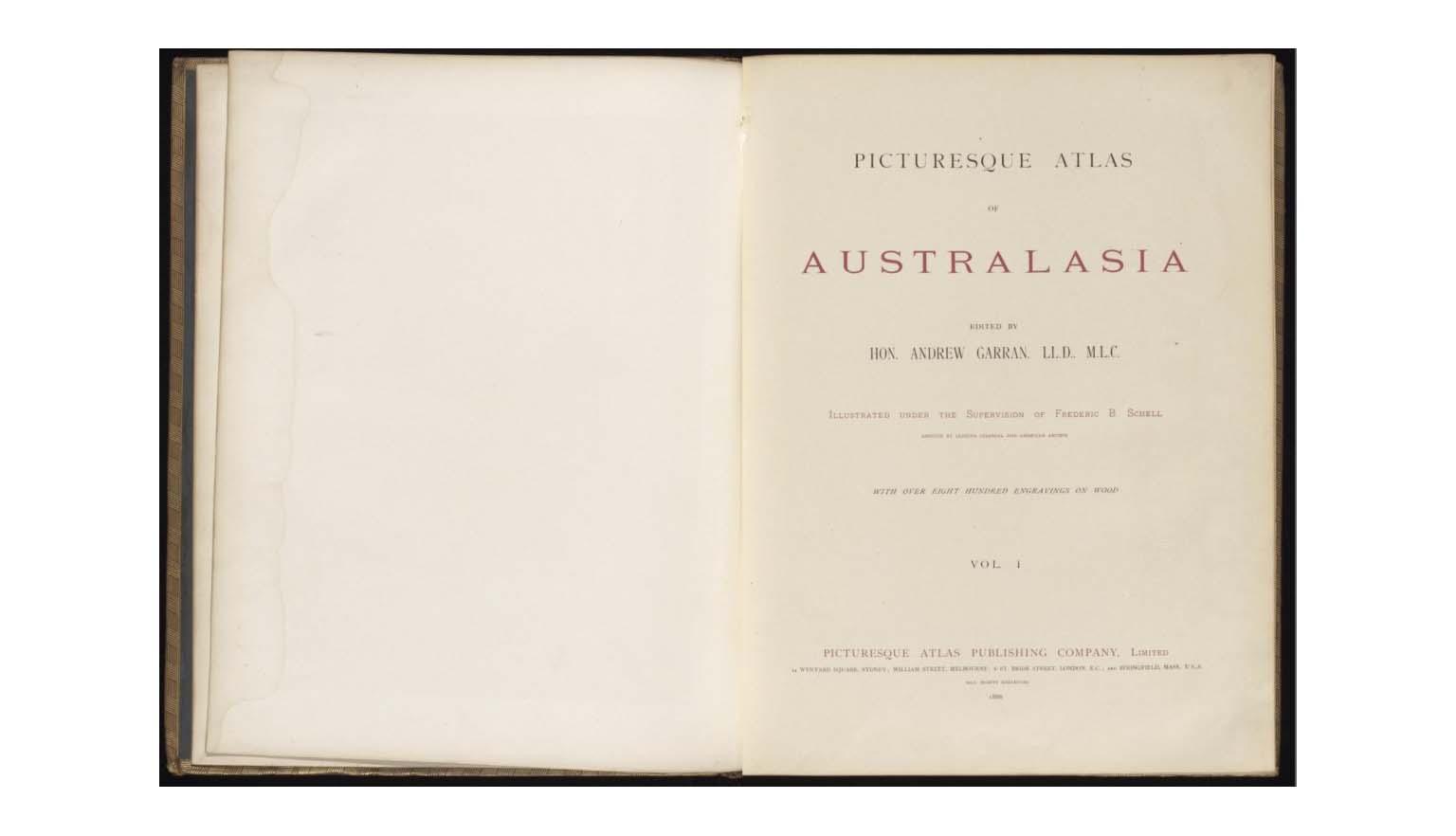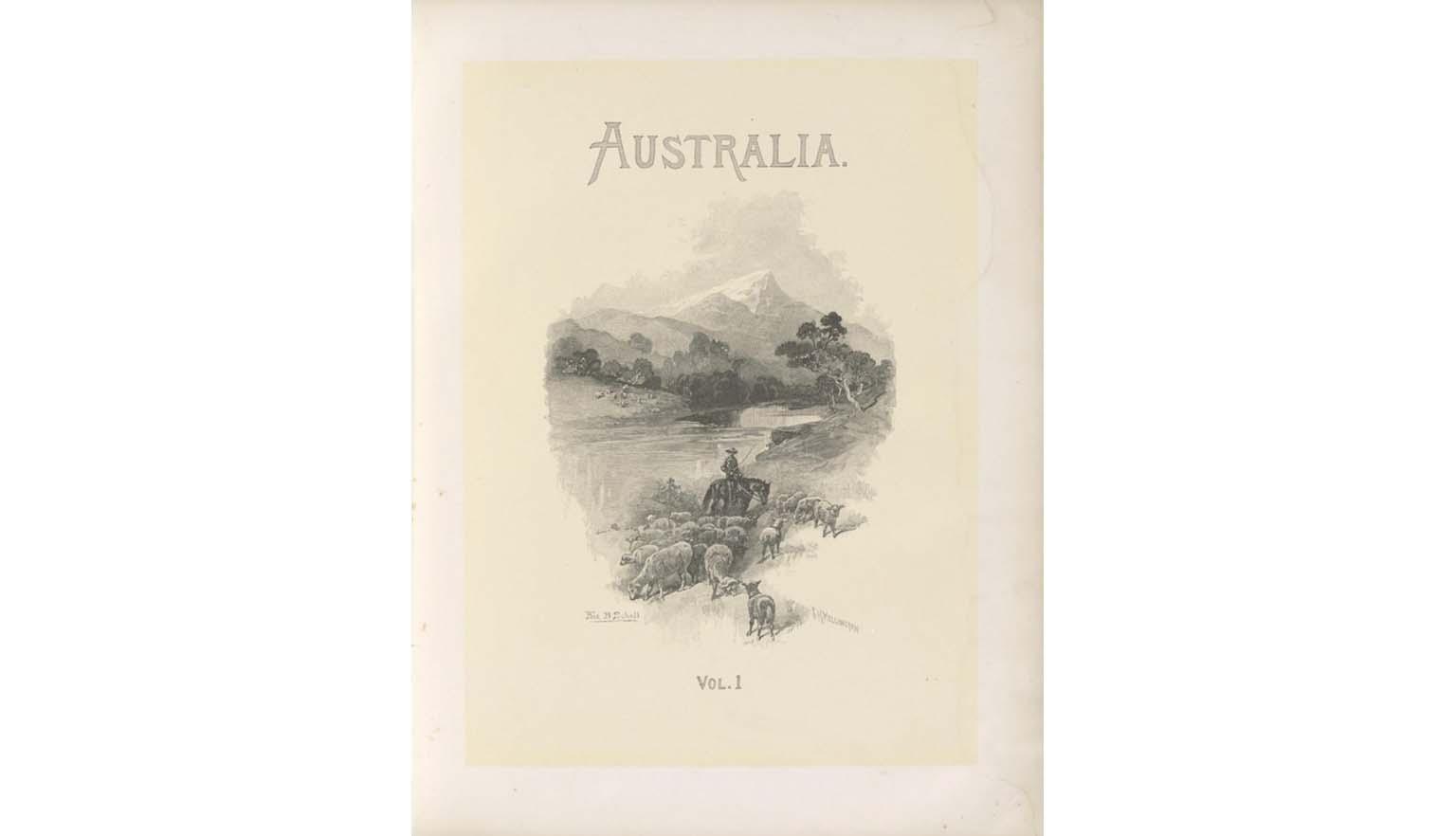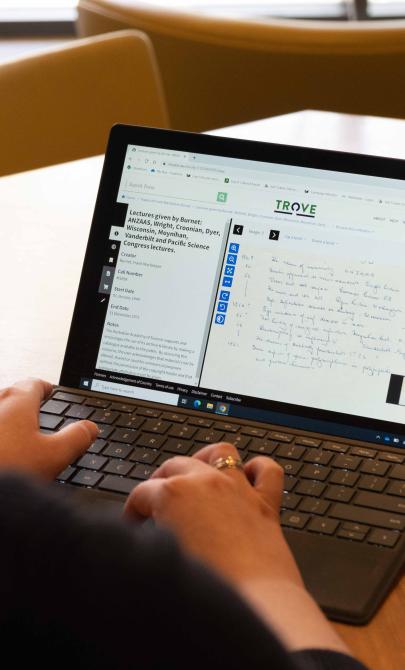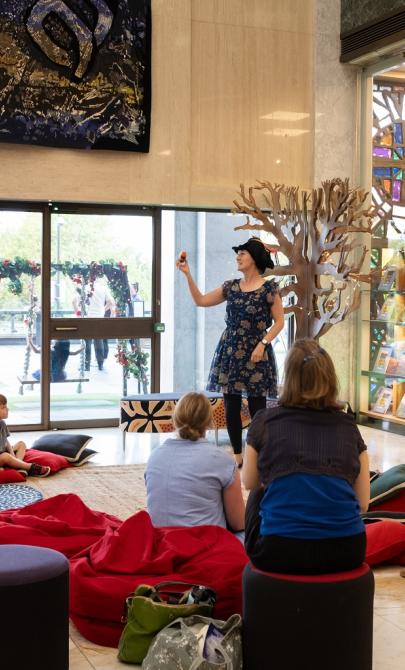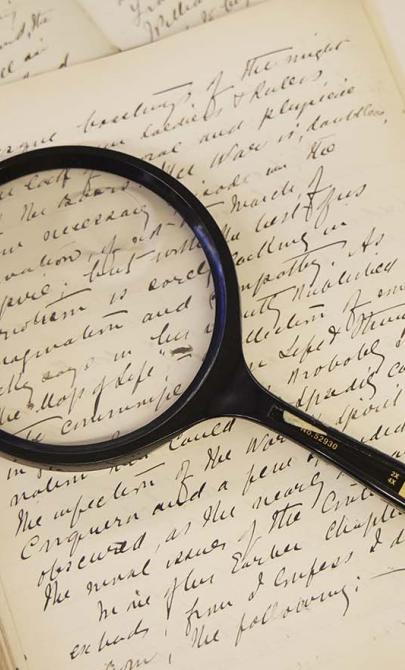A Nation Imagined: The artists of the Picturesque Atlas
About this module
This flexible resource supports inquiry-based learning by helping students analyse and evaluate visual artworks in historical context. Drawing on rich examples from the Picturesque Atlas of Australasia and other works in the Library’s collection, students explore how images were used to promote ideas of progress, nationalism and the ‘picturesque’ in a settler-colonial context. The module encourages students to reflect critically on the purposes and perspectives behind artistic production and to develop their own informed visual responses. It also links with cross-curriculum priorities, including a deeper awareness of Aboriginal and Torres Strait Islander histories and the diverse ways in which Australian identity has been constructed over time.
The content of this module is based on the exhibition shown at the National Library of Australia in 2021, A Nation Imagined: The Artists of the Picturesque Atlas.
Copyright for teachers
You can download all collection materials in this resource for education purposes. For more information, go to copyright for teachers.
Topics in this module
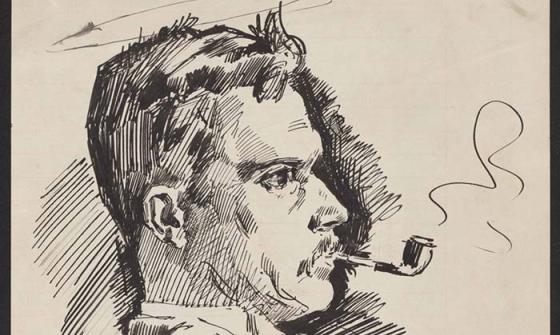
Frank Mahony, [Self-portrait] [picture] / F.P.M., 1900, nla.gov.au/nla.obj-136050024
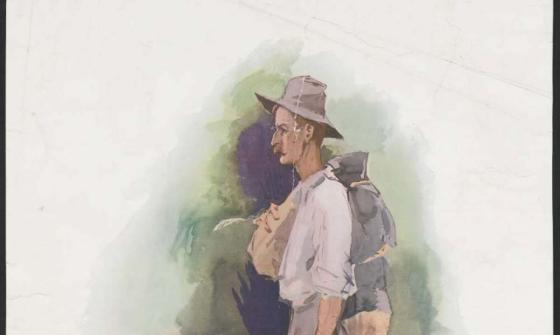
Mahony, Frank, 1862-1916. (1896). Henry Lawson in 1896 [picture] / F.P. Mahony. nla.gov.au/nla.obj-136254778
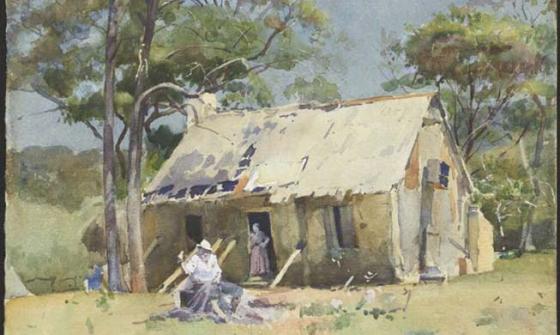
Atkinson, Robert, 1863-1896. (1889). Sheedy's Castle, Balmoral Beach [picture] / Robt. Atkinson. nla.gov.au/nla.obj-135211215
Module learning activities
Introductory activities
These activities aim to facilitate a shared understanding of the themes and concepts relevant to Visual Arts for the learning levels this resource supports. They are designed to get students thinking in broad terms about art in nineteenth-century Australia before exploring National Library collection material in each of the themes.
Long before high-quality photography and fast internet allowed us immediate and vivid insight into places around the corner and around the world, people relied on artwork in illustrated newspapers and books to get a sense of what was beyond their doorstep.
Published between 1886 and 1889, The Picturesque Atlas of Australasia set out to imagine ‘our country as it was and as it is’. Through its text, maps, and, above all, its 800 steel- and wood-engraved illustrations, the Atlas enshrined a settler-colonial view of white Australia’s history, achievements and prospects, which was to have a profound impact on the subsequent evolution of Australian art and national identity.
Activity 1: Publishing pictures
Get students thinking about how and where people actually saw art of all types in nineteenth-century Australia. Ask:
- How connected were Australian artists with international art movements at the time?
Conduct a broad discussion about the developments in technological processes for reproducing images in print. Ask:
- How did this change the way people engaged with artworks?
Making art and money
Released in 42 supplements between 1886 and 1889, the Atlas attracted more than 50,000 subscribers willing to pay a total of ten guineas ($1200 in current prices) by instalments. Their reward was an exceptional publication.
The Atlas introduced Australians to American innovations in marketing. Its ‘canvassers’ promised subscribers exceptional art celebrating their colony and continent, only costing five shillings on the arrival of each new supplement. This eventually led to many court battles and a parliamentary inquiry into the Atlas’s sales tactics.
Activity 2: Artists as a business
With the class, examine examples of the different ways artists have made a living throughout history. You might like to focus on things like patronage, workshops and guilds, academies, the open market, publishing, government grants.
- How have the circumstances of artists’ employment influenced their output? Consider subjects, materials, time frames, size and scope of works.
- Conduct a class discussion examining the differences between artworkers and artists.
- Can the same person be both?
- How do they work together (or not)?
- Have these definitions changed over time?
What is picturesque?
Lavishly illustrated travel books had been popular long before the release of The Picturesque Atlas of Australasia. There are also examples of the kind of ‘high-end’ picturesque books that preceded the Atlas in Europe, and the settler-colonial nations of America and Canada.
‘Picturesque’ is an aesthetic concept concerned with the relationship between nature and architecture in the landscape. Coined by William Gilpin in Britain in the late eighteenth century, the movement was a way of ascribing particular ideals of beauty to a scene.
Activity 3: Picturesque or not
Have students work in groups to devise a table for categorising the features of a picturesque scene. What is considered picturesque? What is not?
Concluding activities
This resource showcases only a small fraction of the more than 800 engraved artworks, review the full collection The Picturesque Atlas of Australasia.
Activity 4: Considering art and national identity
Following an investigation of the art and artists featured in the Atlas, lead a discussion into its context using the following prompts:
- Why do you think the artists of the Picturesque Atlas developed their representations in these ways?
- settler-colonial
- imperialist
- nationalist
- picturesque
- impressionistic
- Which voices and images are missing from these representations of history, landscapes, cities and towns, and daily life?
- The patriotic song Advance Australia Fair, which became Australia’s national anthem in 1984, was first performed just under a decade before the publication of the Picturesque Atlas. Do they contain similar notions of Australian history and identity?
- Are there any modern parallels to the Picturesque Atlas? Think of large-scale attempts to portray places, lifestyles and history for a popular audience.
Curriculum links
This resource has been developed with specific reference to three content descriptions for Year 9 and 10 students in the Australian Curriculum: Visual Arts.
The resource also has relevance to the General Capabilities of Literacy, Critical and Creative Thinking, Intercultural Understanding, and Personal and Social Capability.
- Conceptualise and develop representations of themes, concepts or subject matter to experiment with their developing personal style, reflecting on the styles of artists, including Aboriginal and Torres Strait Islander artists (ACAVAM125)
- Evaluate how representations communicate artistic intentions in artworks they make and view to inform their future art making (ACAVAR130)
- Analyse a range of visual artworks from contemporary and past times to explore differing viewpoints and enrich their visual art-making, starting with Australian artworks, including those of Aboriginal and Torres Strait Islander Peoples, and consider international artworks (ACAVAR131)

